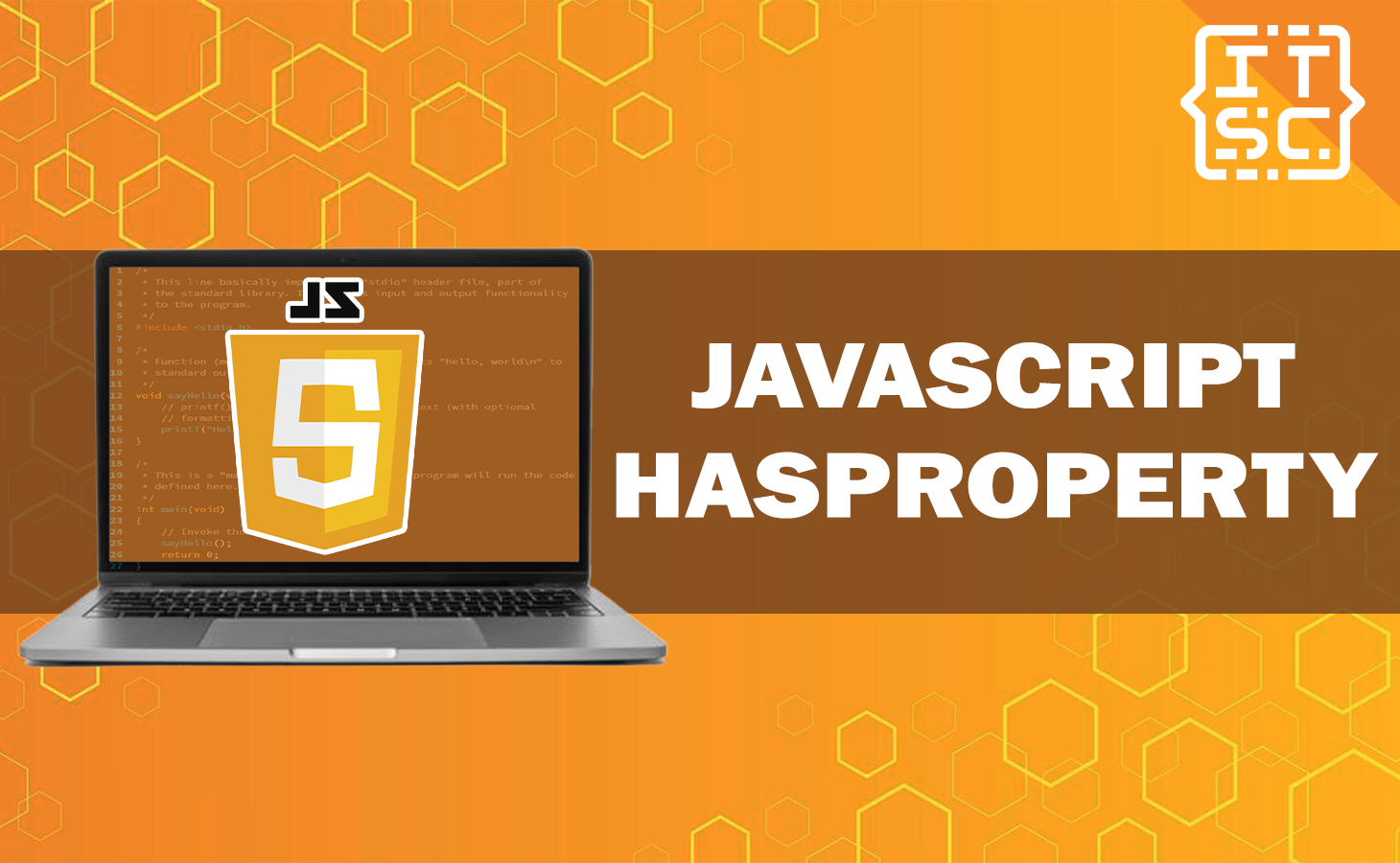In this article, we’ll cover everything you need to understand about the “Hasproperty” method in JavaScript – what it is, how it functions, and how you can leverage it to enhance the clarity and effectiveness of your code.
As you advance in building more intricate applications, you’ll encounter situations where you must determine whether an object contains a particular property. This is where the “Hasproperty” method becomes useful.
Let’s dive right in!
What is Hasproperty Javascript?
The hasproperty Javascript method, commonly known as hasOwnProperty(), determines whether an object has a given property.
If the property exists, this method returns true; otherwise, it returns false. It’s a useful technique in JavaScript programming, particularly when working with complex data structures and nested objects.
To utilize Hasproperty Javascript, you must first create an object instance.
The syntax for this method is simple:
object.hasOwnProperty(propertyName)- object: The object on which the method is called.
- propertyName: The name of the property you want to check.
When the property is present precisely within the object, the function returns true; otherwise, it returns false if the property is inherited or not found at all.
Consider the following practical example:
const book = {
type: "Programming",
title: "Javascript",
};
console.log(book.hasOwnProperty("type"));
console.log(book.hasOwnProperty("color")); Result:
true
falseWhy Should You Use Hasproperty Javascript?
When working with JavaScript objects, you may need to handle various properties dynamically.
Using Hasproperty Javascript provides several advantages:
- Property Existence Check: The primary purpose of Hasproperty Javascript is to check if a property exists within an object. This is crucial for avoiding errors and unexpected behavior in your code.
- Conditional Execution: By using Hasproperty Javascript, you can conditionally execute code based on property existence, enabling you to create robust and efficient code.
- Preventing Errors: Verifying property existence before accessing its value prevents potential errors, such as TypeError or ReferenceError, which may occur when trying to access non-existent properties.
- Iterating Over Properties: When iterating over object properties, Hasproperty Javascript helps you filter out inherited properties and focus on the ones directly belonging to the object.
Now that we understand the significance of Hasproperty Javascript, let’s dive into its implementation and usage.
How to use Hasproperty Javascript?
Hasproperty Javascript finds application in various real-world scenarios. Let’s explore some of these situations and see how the method helps us achieve our goals.
1. Validating User Input in Forms
In web development, you often encounter forms where users input data. To ensure users provide all required information, you can use Hasproperty Javascript to check for the presence of specific form fields.
const formData = {
username: "itsourcecode",
email: "[email protected]",
};
if (formData.hasOwnProperty("username") && formData.hasOwnProperty("email")) {
// Process form submission
} else {
// Show error message and prompt user to fill in all fields
}
2. Enhancing Object Iteration
When iterating over the properties of an object, Hasproperty Javascript allows you to filter out prototype properties and focus solely on the ones directly belonging to the object.
const person = {
name: "April",
age: 25,
};
for (const property in person) {
if (person.hasOwnProperty(property)) {
console.log(property); // Output: name, age
}
}
3. Avoiding Uncaught ReferenceError
Using Hasproperty Javascript ensures that you don’t encounter uncaught ReferenceError when accessing properties dynamically.
const config = {
theme: "dark",
language: "en",
};
const requestedProperty = "language";
if (config.hasOwnProperty(requestedProperty)) {
console.log(config[requestedProperty]); // Output: en
} else {
console.log("Property not found.");
}
4. Data Validation and Error Handling
In data validation scenarios, Hasproperty helps you perform checks and handle potential errors.
function validateObject(obj) {
if (!obj || !obj.hasOwnProperty("id") || !obj.hasOwnProperty("name")) {
throw new Error("Invalid object format");
}
// Process the object if it meets validation criteria
}
Common Mistakes When Using Hasproperty Javascript
While Hasproperty is a useful tool, it’s essential to be aware of common mistakes that developers might make while implementing it.
- Forgetting to Check for Existence: Always verify if the object exists before using Hasproperty to prevent errors.
- Incorrect Property Name: Ensure that you pass the correct property name to the method; otherwise, it will return an incorrect result.
- Inheriting Prototype Properties: Be cautious when dealing with inherited properties, as Hasproperty only checks for object-specific properties.
- Using with Null or Undefined Objects: Avoid using Hasproperty Javascript on null or undefined objects, as it may cause unexpected errors.
Hasproperty Javascript – Best Practices
To utilize the hasOwnProperty method effectively, consider the following best practices:
1. Be Mindful of Prototype Chain
While hasOwnProperty prevents prototype pollution, you should still be aware of the object’s prototype chain.
If you need to access properties in the prototype chain, additional checks might be necessary.
2. Use for…in Loop Carefully
Although hasOwnProperty is handy for for…in loops, remember that it only checks own properties.
If you need to include inherited properties, you can omit the hasOwnProperty check.
3. Handle Undefined Properties
Always use hasOwnProperty when accessing object properties to avoid unexpected errors, especially when working with data from external sources
Nevertheless, here are other functions you can learn to enhance your JavaScript skills.
- What is Javascript init function? How it Works?
- What is Javascript file naming conventions?
- Is JavaScript similar to Java? What’s the difference?
Conclusion
To conclude, Hasproperty Javascript, or hasOwnProperty(), is a powerful method that allows you to determine if an object contains a specific property. By utilizing this method effectively, you can perfectly enhance your applications.

